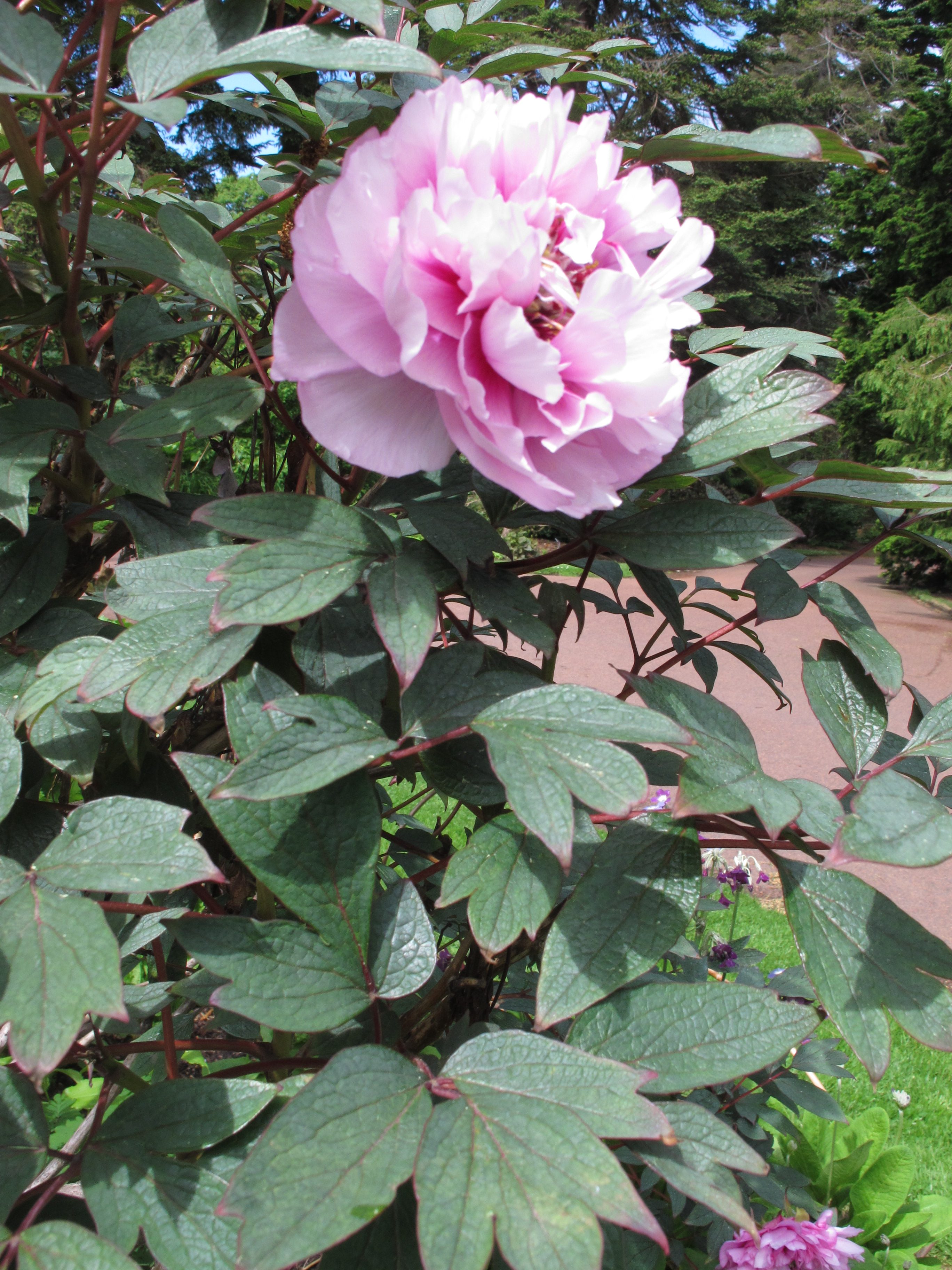Paeonia moutan, also known as tree peony, is a stunning flowering shrub that can add a touch of elegance to any garden. Planting these majestic plants requires careful consideration and preparation.
Choosing the Right Location
Tree peonies thrive in well-drained, fertile soil with a slightly acidic pH. They prefer a location that receives full sun for at least half a day, but they can also tolerate some shade. Avoid planting them in areas with strong winds, as this can damage the delicate blooms.
Preparing the Planting Hole
Dig a hole that is twice as wide and as deep as the root ball of the tree peony. Loosen the soil at the bottom of the hole to improve drainage. Mix in some well-rotted compost or manure to enrich the soil.
Planting the Tree Peony
Place the tree peony in the hole, ensuring that the graft union is at least 2 inches below the soil surface. Backfill the hole with the prepared soil, gently firming it around the roots. Water the newly planted tree peony thoroughly.
Fertilization
Proper fertilization is essential for the health and vigor of tree peonies.
Timing of Fertilization

Fertilize your tree peonies in early spring, just as new growth begins to emerge. Avoid fertilizing in late summer or fall, as this can stimulate new growth that may not have time to harden off before winter.
Choosing the Right Fertilizer
A balanced, slow-release fertilizer with a ratio of 10-10-10 is ideal for tree peonies. You can also use organic fertilizers such as compost or well-rotted manure.
Application of Fertilizer
Scatter the fertilizer around the base of the plant, being careful not to let it touch the stems or leaves. Water the fertilizer in thoroughly to help it dissolve and reach the roots.
Growing and Blooming
Tree peonies are relatively low-maintenance plants, but they do require some specific care to ensure optimal growth and blooming.
Pruning
Pruning is essential for shaping the tree peony and removing dead or damaged wood. Prune your tree peonies in late winter or early spring, before new growth emerges. Remove any crossing or rubbing branches, as well as any dead, diseased, or weak wood.
Watering

Tree peonies are drought-tolerant once established, but they will benefit from regular watering during dry periods, especially during the blooming period. Water deeply and infrequently, allowing the soil to dry out slightly between waterings.
Pest and Disease Control
Tree peonies are generally resistant to pests and diseases, but they can be susceptible to fungal infections such as botrytis blight. To prevent fungal diseases, avoid overhead watering and provide good air circulation around the plants.
Watering
Proper watering is crucial for the health and blooming of tree peonies.
Watering Frequency
Water your tree peonies deeply and infrequently, allowing the soil to dry out slightly between waterings. Overwatering can lead to root rot, so it’s important to avoid soggy soil.
Watering Technique
Water your tree peonies at the base of the plant, avoiding getting water on the leaves and flowers. This can help prevent fungal diseases.
Mulching

Applying a layer of mulch around the base of the plant can help conserve moisture and regulate soil temperature. Use a 2-3 inch layer of organic mulch, such as wood chips or bark chips.
Flowers
The stunning blooms of tree peonies are one of their most prized features.
Types of Flowers
Tree peonies come in a wide variety of flower types, including single, semi-double, double, and anemone-flowered. The flowers can be white, pink, red, purple, or yellow.
Blooming Period
Tree peonies typically bloom in late spring or early summer, depending on the climate. The blooming period can last for several weeks.
Deadheading
After the flowers have faded, remove the spent blooms to encourage continued flowering and prevent the plant from producing seeds.
By following these guidelines, you can successfully grow and enjoy the beauty of tree peonies in your garden.
